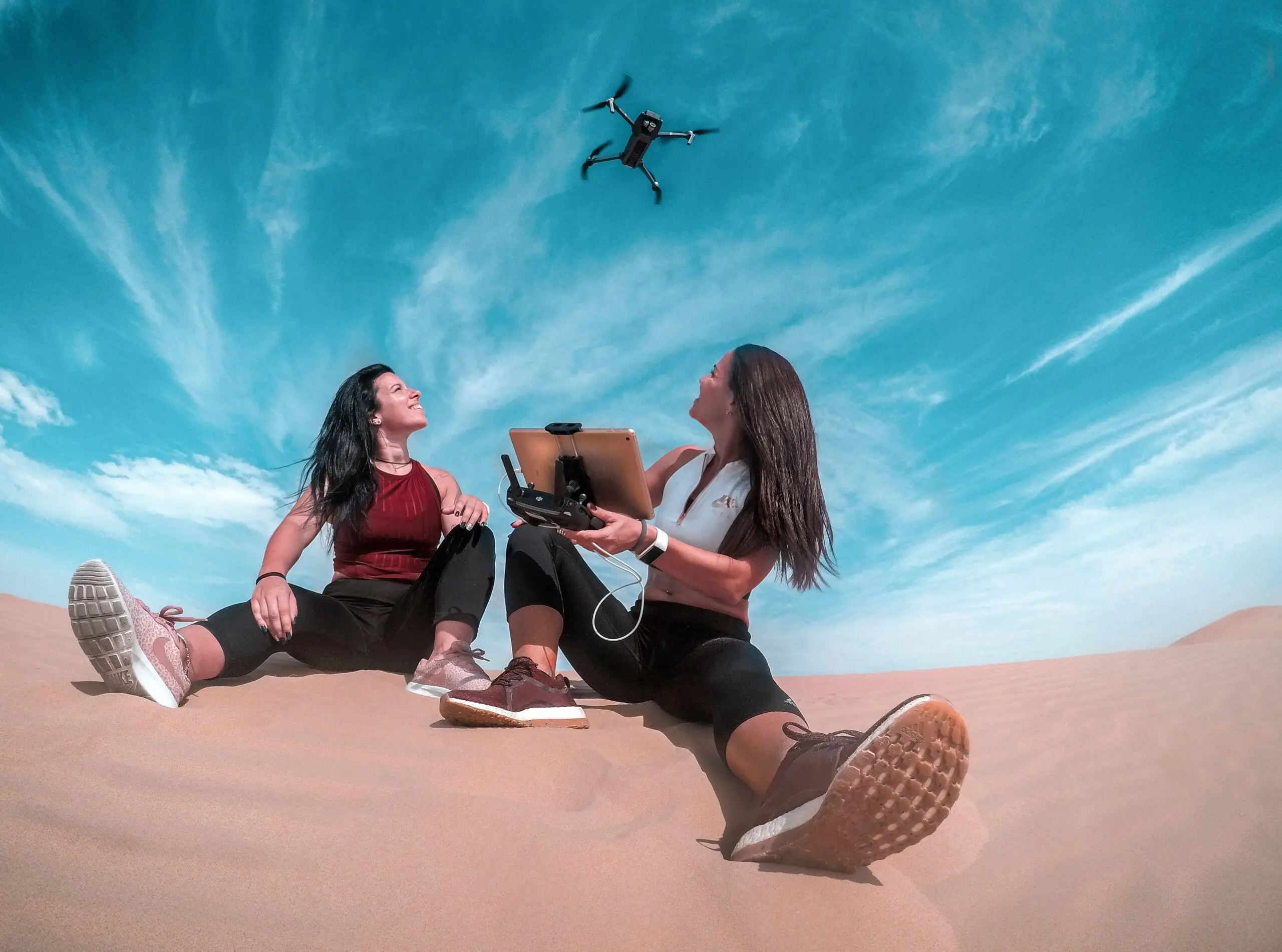The Impact of Connectivity on the Advancement of Vehicles and Drones
In today’s fast-paced world, the connectivity transforming vehicles and drones has become an indispensable component of technological innovation. Its influence spans across various industries, revolutionizing the way we live and work. Among these sectors, autonomous vehicles and drones have emerged as catalysts for change in transportation and logistics. With internet connectivity at their core, these intelligent machines unlock numerous benefits. They enhance navigation, enable remote monitoring and control, facilitate data exchange and collaboration, provide over-the-air updates, and ensure enhanced safety and security. In this article, we will explore the transformative impact of connectivity transforming vehicles and drones on transportation and logistics, delving into the multitude of advantages they offer.
Transforming Vehicles & Drones: Enhanced Navigation
Internet connectivity empowers autonomous vehicles and drones to navigate the world with precision and efficiency. They dynamically adapt to changing traffic conditions, road closures, and accidents. This ensures the most optimal routes are chosen through real-time mapping and route optimization. Continuous internet connectivity grants them access to accurate positioning and localization data. This enables them to determine their exact location with high precision, even in complex urban environments. Furthermore, this active awareness allows them to plan and execute their movements effectively, avoiding obstacles and efficiently reaching their destinations. Additionally, by sourcing up-to-date traffic and road condition information through the internet, autonomous machines make informed decisions, steering clear of congested areas and hazardous situations. This active decision-making not only optimizes travel time but also enhances overall road safety.
Remote Monitoring and Control
To ensure the operational efficiency and safety of autonomous vehicles and drones, constant vehicle monitoring and diagnostics are essential. Internet connectivity enables these machines to transmit real-time data to a central control system, facilitating proactive monitoring and timely identification of potential issues. By remotely accessing the data, engineers and technicians can diagnose problems and perform necessary maintenance tasks without physically interacting with the vehicles or drones. This significantly reduces the downtime and costs associated with on-site troubleshooting. Moreover, efficient fleet management and coordination are facilitated through internet connectivity, enabling centralized control and optimized resource allocation. Fleet managers can remotely monitor the performance of individual vehicles. They can analyse data trends and make data-driven decisions to enhance overall operational efficiency.
Transforming Vehicles & Drones: Data Exchange and Collaboration
Seamless communication between autonomous vehicles, drones, and infrastructure holds tremendous potential for improving safety and efficiency. By leveraging internet connectivity, these machines can exchange vital information, such as position, speed, and intent, with other vehicles and infrastructure in real-time. This enables cooperative decision-making, enhancing the overall situational awareness and reducing the risk of accidents. For example, when two autonomous vehicles approach an intersection, they can communicate their intentions to each other, enabling smooth coordination and avoiding potential collisions. Furthermore, the sharing of real-time data allows for enhanced traffic management, enabling authorities to optimize traffic flow and minimize congestion.
By analyzing data from multiple vehicles, traffic control centers can make informed decisions, such as adjusting signal timings or rerouting traffic, to optimize overall traffic conditions. Collaborative operations become a reality, fostering coordination among autonomous machines for tasks such as package delivery and search-and-rescue missions. For instance, drones can exchange information with ground-based vehicles or communicate with control centers to perform complex missions efficiently.
Over-the-Air Updates
Traditionally, software updates and bug fixes in vehicles and drones required physical interventions, leading to downtime and logistical challenges. However, with internet connectivity, over-the-air updates are now possible. This means that software can be remotely updated and bugs can be fixed without the need for physical access to the machines. The ability to improve functionality and performance without interrupting operations is a significant advantage. Additionally, internet connectivity enables the adaptability of autonomous machines to changing regulations and standards, ensuring compliance with evolving requirements in a seamless and efficient manner. For example, if new traffic regulations are implemented, autonomous vehicles can receive updated instructions and adapt their behaviour accordingly. This flexibility minimizes disruptions and allows for seamless integration of new rules and standards.
Transforming Vehicles & Drones: Enhanced Safety and Security
Internet connectivity enhances safety and security for autonomous vehicles and drones. Advanced collision avoidance systems, powered by real-time data exchange and internet connectivity, promptly detect and react to potential collisions. Vehicles and drones constantly communicate their position, speed, and intent to anticipate and avoid dangerous situations. Internet-connected systems trigger immediate emergency response and assistance, reducing response times and improving outcomes in critical situations. In the event of an accident or malfunction, vehicles or drones automatically send distress signals and share their location with emergency services, enabling prompt and effective response. Robust cybersecurity measures are crucial to protect these machines from potential threats. Internet connectivity allows constant monitoring and updating of security protocols to ensure the highest level of protection against cyberattacks. Regular security updates can be deployed remotely, minimizing vulnerabilities and safeguarding the integrity of the autonomous systems.
Conclusion
In conclusion, the internet connectivity is transforming vehicles and drones in a vast and intelligent way. Internet connectivity unlocks a world of possibilities, ranging from enhancing navigation and enabling remote monitoring to facilitating data exchange and collaboration, providing over-the-air updates, and improving safety and security. As we witness the continuous advancement of internet connectivity integration, autonomous machines actively transform the transportation and logistics landscape. They become increasingly capable and efficient, reshaping the way we move people and goods. The seamless integration of internet connectivity achieves unprecedented levels of automation and optimization, revolutionizing the entire transportation ecosystem. Looking ahead, ongoing advancements in internet technology and the expansion of the Internet of Things (IoT) further accelerate the potential of autonomous vehicles and drones. These advancements pave the way for a smarter and more connected world. Transportation and logistics reach new heights of efficiency and effectiveness.








